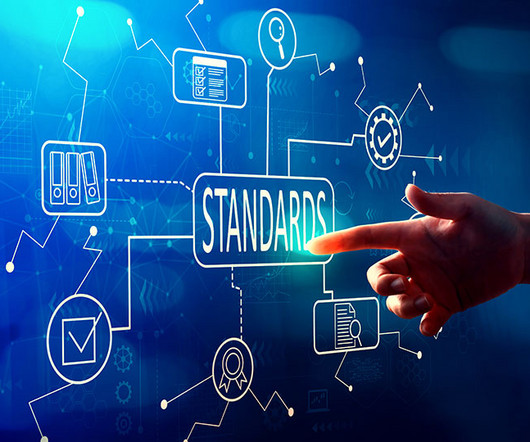SIA Standards Update From ISC West 2023
Security Industry Association
APRIL 4, 2023
Security Design Standard : It was a privilege to share the speaker’s stage with Steve Van Till, Art Hushen, and Lee Odess at The Lounge to reveal our vision to increase the professionalism of our industry through developing a security design standard. If any of these concepts resonate with you, then please reach out and get involved.

























Let's personalize your content